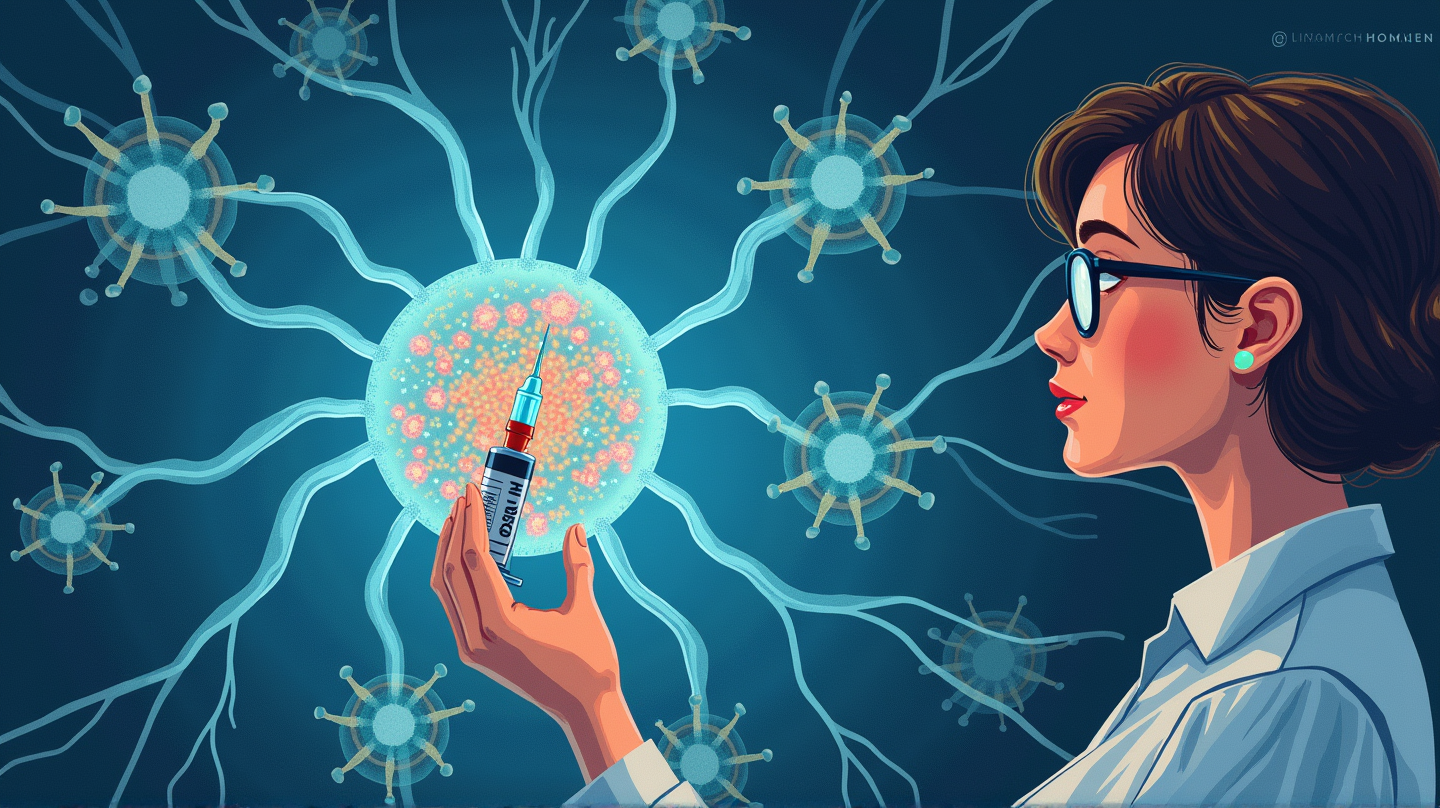Introduction to the therapeutic effects of creativity in reducing stress As we navigate through the ups and downs of life, stress becomes an unwelcome companion. Whether it’s the demands of work, personal relationships, or simply the pressures of daily...

Introduction to the therapeutic effects of creativity in reducing stress
As we navigate through the ups and downs of life, stress becomes an unwelcome companion. Whether it’s the demands of work, personal relationships, or simply the pressures of daily life, stress can take a toll on our emotional well-being. Fortunately, there are various techniques that can help us reduce stress and find peace within ourselves. One such technique is drawing. Yes, you read that right! Drawing can be a powerful tool for stress management and can have therapeutic effects on our emotional health.
Understanding the relationship between creativity and emotional health
Creativity, in its various forms, has long been recognized as a means of self-expression and exploration. It allows us to tap into our inner world and connect with our emotions on a deeper level. When we engage in creative activities, such as drawing, we give our minds a break from the constant barrage of thoughts and worries. This healthy distraction from our daily lives allows us to enter a state of flow where we become fully immersed in the present moment. This state of flow has been found to have a positive impact on our emotional well-being, reducing stress and improving overall mental health.
Benefits of using drawing as a stress management technique
Drawing offers a multitude of benefits when it comes to stress management. Firstly, it provides a form of escapism, allowing us to temporarily detach ourselves from the source of stress and find solace in the creative process. Secondly, drawing helps us to express our emotions visually, giving them a tangible form that we can observe and reflect upon. This act of externalizing our emotions can be incredibly cathartic, providing a sense of release and relief. Additionally, drawing engages our senses and activates different areas of our brain, diverting our attention away from stress and helping us to relax and unwind.
How drawing reduces stress and anxiety
Drawing has been found to have a direct impact on our stress and anxiety levels. When we immerse ourselves in the act of drawing, our brain releases endorphins, which are natural feel-good chemicals that promote relaxation and reduce stress. Moreover, drawing activates the parasympathetic nervous system, also known as the “rest and digest” system, which counteracts the effects of the sympathetic nervous system responsible for the “fight or flight” response. This shift in our physiological state helps to calm our mind and body, reducing stress and anxiety.
Tips for incorporating drawing into your stress management routine
If you’re interested in harnessing the therapeutic effects of drawing for stress management, here are some tips to help you get started:
• Set aside dedicated time for drawing: Carve out a specific time each day or week to engage in drawing. Treat it as a sacred ritual that allows you to unwind and recharge.
• Create a conducive environment: Find a quiet and comfortable space where you can focus on your drawing without distractions. Surround yourself with materials that inspire you and make you feel at ease.
• Start with simple exercises: Begin with simple drawing exercises that don’t require any special skills or expertise. This will help build your confidence and make the process more enjoyable.
The science behind the therapeutic effects of creativity on stress
The therapeutic effects of drawing on stress are not merely anecdotal; they have a scientific basis. Neuroscientists have found that engaging in creative activities, such as drawing, activates the reward center of our brain, releasing dopamine, a neurotransmitter associated with pleasure and motivation. This flood of dopamine not only enhances our mood but also reduces stress and anxiety. Furthermore, studies have shown that drawing increases the production of serotonin, another neurotransmitter that regulates mood and contributes to a sense of well-being. These neurochemical changes provide a biological explanation for the therapeutic effects of creativity on stress.
Tools and resources for getting started with drawing for stress management
Getting started drawing for stress management doesn’t require expensive materials or extensive training. Here are some tools and resources to help you embark on your creative journey:
• Basic drawing materials: All you need to begin is a sketchbook, pencils, and erasers or pens. As you progress, you can explore different mediums, such as colored pencils, markers, or even digital drawing tools.
• Online tutorials and classes: The internet is a treasure trove of drawing tutorials and classes. Platforms like YouTube and Skillshare offer a wide range of instructional videos and courses taught by experienced artists.
• Drawing prompts and challenges: Sometimes, all we need is a little inspiration to kickstart our creativity. Websites and social media platforms dedicated to art often provide daily drawing prompts and challenges that can motivate and guide you. Did you know that the creator of Expressive Monkey also has a Mindful Drawing class that you can try for free! Here’s where you can get a free mindful drawing lesson idea and learn more about mindful drawing.
< FREE Mindful Mosaic Drawing >
Seeking professional help for stress management through creativity
While drawing can be a powerful tool for stress management, it’s essential to recognize when professional help is needed. If you find that your stress levels are overwhelming and impacting your daily life, consider seeking support from a mental health professional. They can guide you through the process of using drawing and other creative techniques as part of a comprehensive stress management plan.
Summing it Up: Embracing creativity as a powerful tool for reducing stress and improving emotional well-being
In a world filled with stress and uncertainty, it’s vital to find healthy outlets for managing our emotions. Drawing, with its therapeutic effects on stress and emotional well-being, offers a simple yet powerful solution. By embracing our creativity and engaging in the act of drawing, we can find peace, reduce anxiety, and improve our overall quality of life. So, why not pick up a pencil, let your imagination run wild, and discover the transformative power of drawing for yourself?
Find some of Expressive Monkey’s drawing activities that are fun and easy for kids and adults.
Use this infographic to display in your room or share with parents, administrators, or other teachers as a way to point out some of the academic benefits of learning to draw. While they are not the only reason for using drawing as part of a balanced curriculum, they are certainly worthy of celebrating and may help you advocate for including drawing as part of your art or classroom learning experiences.
You can read more about The Benefits of Drawing in this blog post.
Let’s Connect!
Join my email list to hear about new resources, sales, and tips for teaching art and drawing, and get 15% off your next order!

Continue the conversation in my FB group of art teachers:
Don’t forget to pin this!
The post Reducing Stress with Drawing: Exploring the Link Between Creativity and Calm appeared first on Expressive Monkey.












